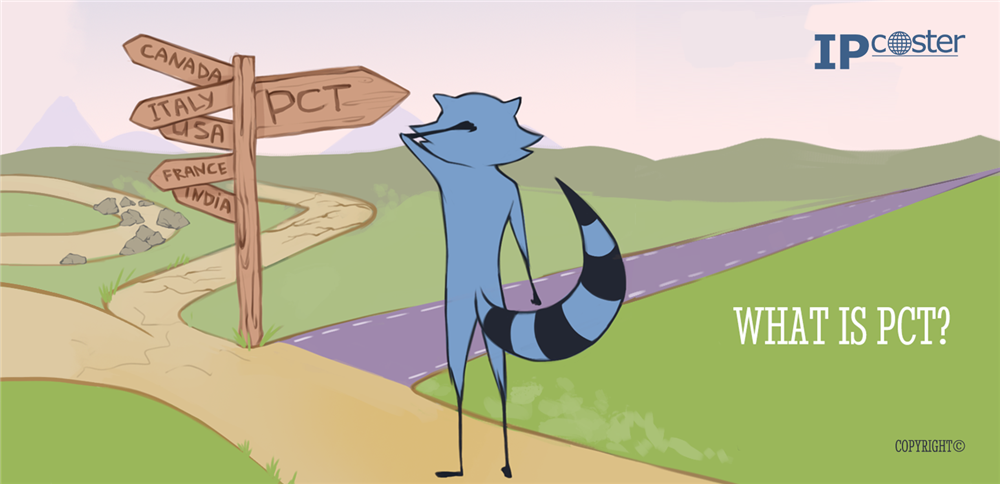IP-Academy

What is PCT
Filing patent applications in more than one jurisdiction can prove to be a potentially complex process, but the PatentCooperationTreaty (PCT) provides for a simplified and streamlined route for the filing of patent applications internationally.
The PCT entered into force in 1978, and is administered by the World Intellectual Property Organisation (WIPO). The multilateral treaty currently incorporates 153 national and regional offices, including the IP 5; China, South Korea, the US, Japan, and the EPO.
Through the PCT, applicants can file one patent application, accompanied by the payment of one set of fees, designating any or all PCT member states for further filing. The PCT does not provide for an "international patent", since patent protection can only be valid within a given national/regional territorial jurisdiction. Rather, it serves as a basis for further national patent proceedings in the countries of the applicant(s) interest, meaning a patent obtained via the PCT route is still national or regional in nature.
The process of filing an application through the PCT begins with the international phase. Typically, applicants will first file a local patent application which establishes an earlier priority date. The PCT application should then be filed with a "Receiving Office" (RO) within 12 months of the filing of the priority application. However, the step of a first local filing is not obligatory and may be omitted.
The RO is either a national or competent regional office of the PCT contracting state which at least one of the applicant(s) resides in or is a national of. The International Bureau of WIPO also acts as the RO. Once received by the RO, the international application will be checked to ensure it has met the PCT formal requirements.
A PCT application will then be subject to an international search, undertaken by a competent International Searching Authority (ISA). This will result in an InternationalSearchReport (ISR) which is established within 3 months from the receipt of the copy of the international application transmitted by the RO to the competent ISA, or within 9 months from the earliest date of filing if priority was claimed, whichever time limit expires later.
The ISR will detail any prior art found which may impact the patentability of the subject matter contained within the international application. A preliminary WrittenOpinion of the International Searching Authority (WOISA) is also provided, advising whether the invention claimed in the international application appears to meet the criteria of novelty, inventive step and industrial applicability set forth by the Treaty. The same WOISA will later be used as the International Preliminary Report on Patentability (IPRP) if a demand for further International Preliminary Examination is not made.
Any amendments to the claims in the application may be made within 2 months of the establishment of the ISR or 16 months from the priority date, whichever time limit expires later.
Provided the application is not withdrawn by this stage, the international application is then published on PatentScope by the International Bureau of WIPO after the expiration of 18 months from the earliest priority date.
Applicants may further request an optional international preliminary examination either within 3 months from the date of transmittal to the applicant of the ISR and WOISA, or 22 months from the priority date, whichever expires later.
Requesting an international preliminary examination can be useful to applicants who wish to amend, or raise arguments in relation to, their application in light of any issues highlighted in the WOISA, as this may result in a more positive International Preliminary Report on Patentability (IPRP)/International Preliminary Examination Report (IPER). Moreover, requesting such an examination may also help to better estimate the applicant’s chances of success in further proceedings in the national/regional phases.
Since an international application does not result in automatic national protection for an invention, it is required to enter the PCT national/regional phase in the applicant’s jurisdictions of interest within 30/31 months from the earliest priority date. The exact time limit depends on the designated states/organisations for entry. The applicant should pay the necessary national/regional fees, as well as file any translations of the application and other documents that may be required upon entry.
Thereafter, the application will be examined by each individual national or regional office of the designated states, and patents will be granted in each state respectively, depending on whether it meets requirements of patentability established by national law of the designated states.
Applicants may also be obliged or recommended to appoint a local patent agent in each of the respective designated jurisdictions.
Filing an international PCT application is an advantageous opportunity for applicants to prolong the time period for making a decision as to which jurisdictions to pursue protection in, estimate their inventions, and seek investor support for their filings from 12 months under the Paris Convention to 30/31 months. Furthermore, some national/regional offices provide a number of discounts for issued ISR/IPRP in respect of international applications, helping to reduce costs for obtaining a patent.
If you have any questions regarding the PCT, or are interested in filing, please contact us.